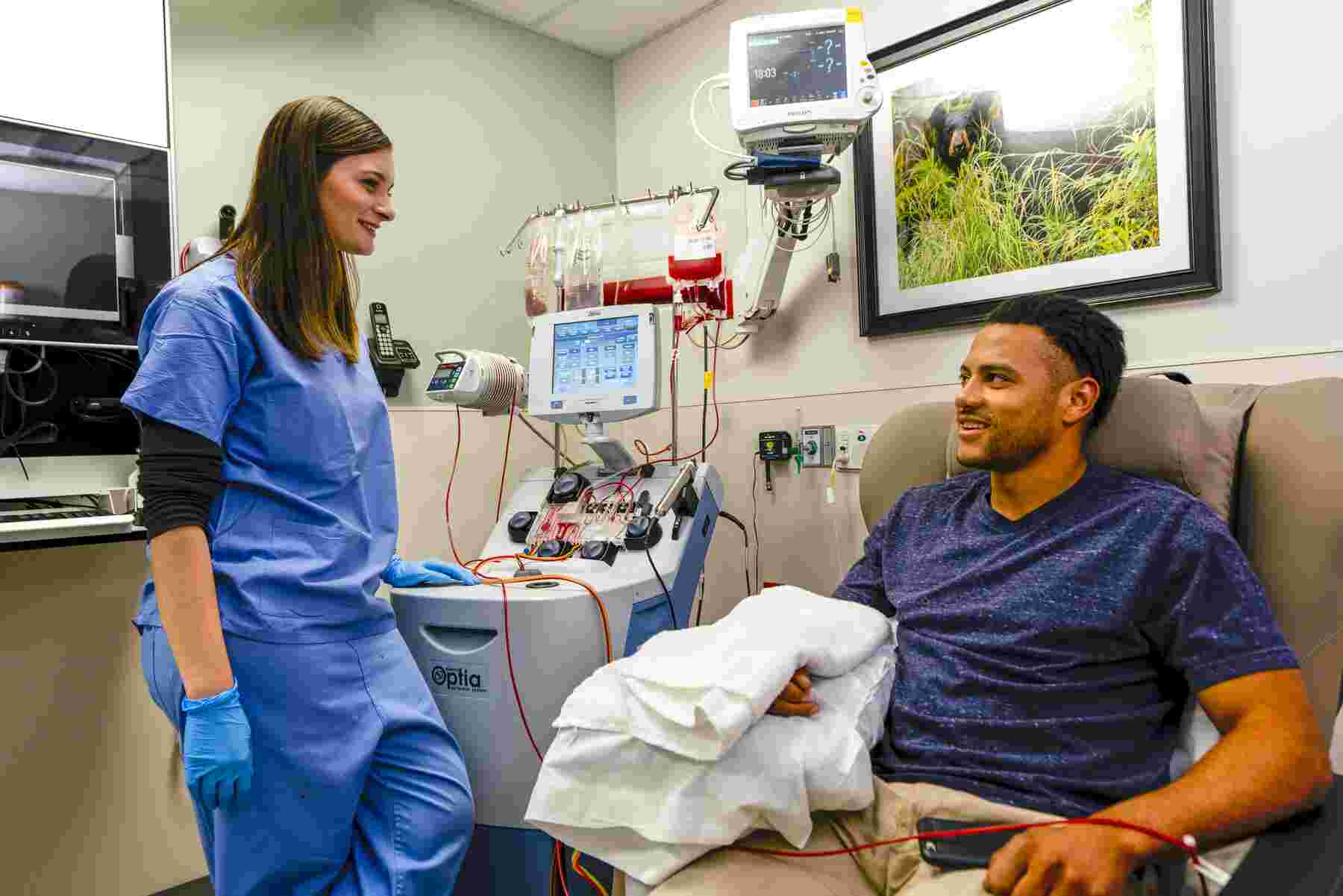Patient Safety Collaboratives (PSCs) identify and spread safer care initiatives in their local health and care systems. As part of our response to the COVID-19 pandemic, here are some information and resources to support people working in secondary care.
Go back to patient safety during COVID-19.
Safe tracheostomy care
A toolkit for healthcare staff has been published by the National Tracheostomy Safety Project (NTSP) in collaboration with the AHSN Network and the National Patient Safety Improvement Programmes in response to the COVID-19 pandemic, to support healthcare staff who are looking after patients with tracheostomies. Further information can be found in the toolkit.
Support for patients being discharged from hospital with COPD
People with chronic obstructive pulmonary disease (COPD) are at increased risk from coronavirus. PSCs are temporarily pausing their work to actively promote the COPD discharge bundle, however they will remain available to provide any support that organisations require.
Stay safer with the SPACES ward care approach
SPACES (Sharing Patient Assessments Cuts Exposure for Staff) is a standarised approach to the management of ward care. It is based on the principle of maximum patient contact, minimum staff exposure. SPACES can help keep staff safe and reduce PPE use. It is for everyone working on a ward with suspected or proven COVID-19 cases, and particularly for multi-professional teams.
You can access the information sheet and ward poster here and read a blog on its use from respiratory consultant Jon Bennett.
COVID-19 Mental Health Improvement Network
The COVID-19 Mental Health Improvement Network has been set up by the Royal College of Psychiatrists (RCPsych) on behalf of NHS England & Improvement. Its aim is to support mental health teams to share and learn from each other to maintain and improve safety in response to the COVID-19 pandemic. This flyer has more information on the network <link to RESOURCE NUMBER R13> and they are sharing changes that mental health providers have put in place to respond to COVID-19 challenges /safety issues on social media using #MHSIPCV19.
The network has also identified communication with families and carers, patients and staff as a key area of practice that has required significant change for those working in mental health services as a result of the COVID-19 pandemic. It has published a Change Package which you can download here, designed to provide accessible support for teams who want to make improvements in this area. It consists of:
- A shared theory for achieving your aim, developed from changes being made to practice in response to COVID-19 (driver diagram).
- Examples of positive changes that have been made by mental health teams.
- A list of resources developed by mental health services and affiliated organisations.
Spotting serious illness and sepsis
Some people are more at risk than others of becoming unwell very quickly and developing a serious illness such as sepsis. This is known as ‘deterioration’ and it is important that anyone who cares for individuals who are at risk of deterioration knows how to spot the signs, especially during the current COVID-19 outbreak.
Find out about the tools available to recognise physical deterioration and take the appropriate actions.
COVID virtual ward models use pulse oximeters to safely monitor and support patients at home, providing an opportunity to detect a decline in the patient’s condition that might require hospital review and admission. Patient Safety Collaboratives are supporting the implementation of COVID virtual wards and the use of pulse oximeters in their local health and care systems.
COVID-19 resources
Rapid exercise tests for exertional desaturation in COVID-19, published by the Centre for Evidence-Based Medicine, discusses why the assessment of the breathless or unwell patient with symptoms of COVID-19 should include oximetry. They examined two simple tests which may help identify people at greater risk from COVID-19. You can read the paper here.
The Chartered Institute of Ergonomics and Human Factors group has published guidance for the design and operation of ventilators for COVID-19. ‘Human Factors in the Design and Operation of Ventilators for Covid-19 Guidance’ provides designers and manufacturers of ventilators with overarching advice and guidance on key themes for consideration and specific Human Factors and Ergonomic (HFE) issues in a period of ‘crisis management’ requiring rapid design and production.
Follow this link for more information on patient safety during COVID-19.

“Health equity is the attainment of the highest level of health for ALL people. Achieving health equity requires valuing everyone equally with focused and ongoing societal efforts to address avoidable inequalities, historical and contemporary injustices, and social determinants of health — and to eliminate disparities in health and health care.” (health.gov) Within the NHS there [...]

Sickle cell disease (SCD) is a serious and lifelong health condition. People with SCD produce unusually shaped red blood cells that can cause problems because they do not live as long as healthy blood cells and can block blood vessels. This can result in suffers experiencing painful episodes, called sickle cell crises, as well as anaemia, [...]

At the Royal Society of Medicine’s Tackling Inequalities conference it was clear from the passion in the room that great progress has been made across the system to better support some of our most under-served communities. To maintain this momentum, we must not just embed tackling health and healthcare inequalities in all that we do, [...]







